Livermore Wineries: A Guide To The Bay Area Wine Region
Livermore Valley is a few miles from the California coast, directly east of the San Francisco Bay and home to some of California's oldest vineyards.
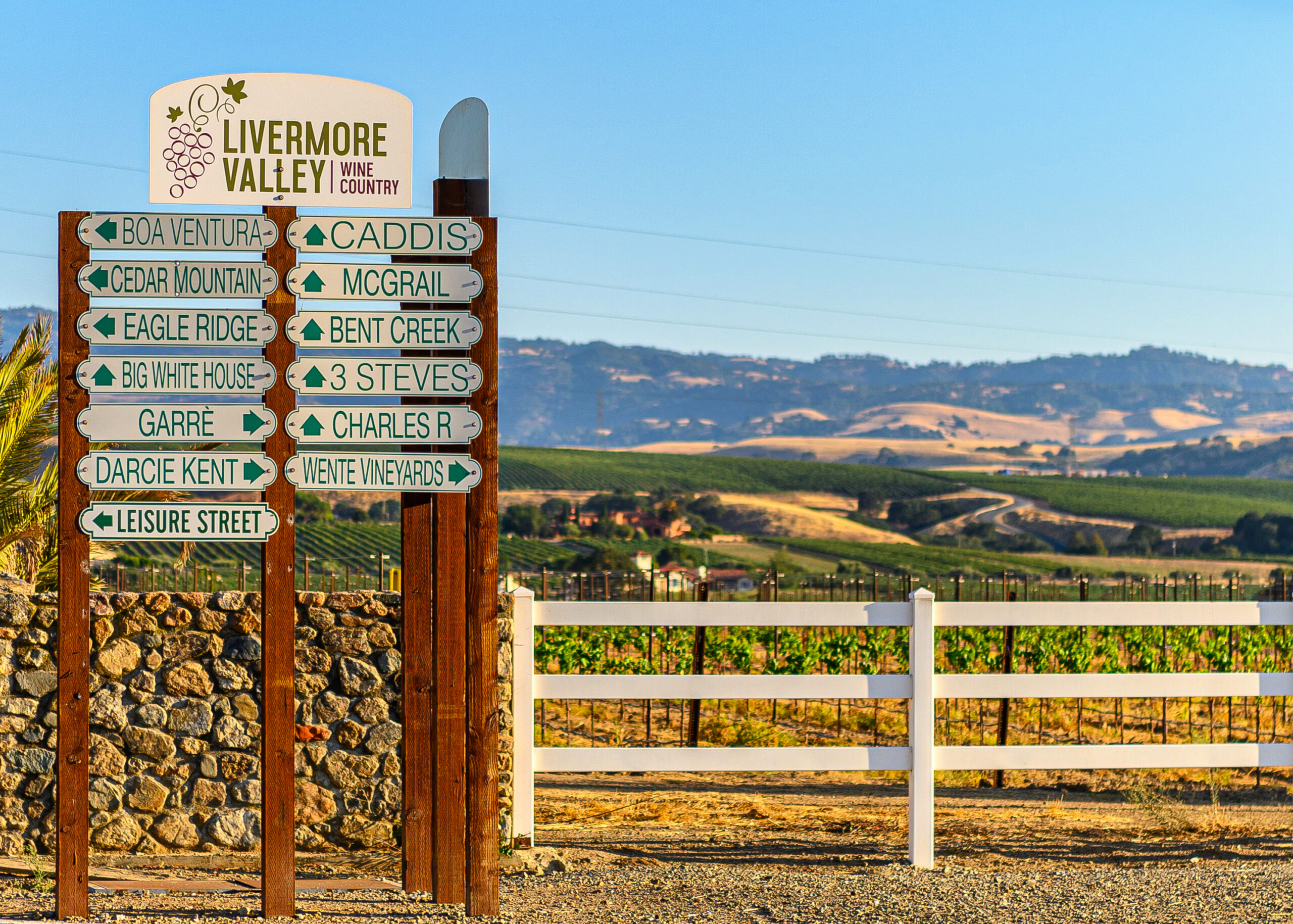
Livermore Valley is a few miles from the California coast, directly east of the San Francisco Bay and home to some of California's oldest vineyards.

Did you know that one of California’s most historic wine-growing regions is a stone’s throw from San Francisco? Just a short drive east of the San Francisco Bay, visiting Livermore wineries is an easy day trip that allows you to delve deep into California’s wine origin story.
Whether you’re looking for a quick getaway or a new bottle to try at home, the wineries in Livermore offer something unique. This storied wine region, nestled in the Bay Area’s backyard, is known for relaxed, intimate tastings where visitors often meet the winemakers themselves.
Discover California Wines is a campaign by Wine Institute, an association of more than 1,000 California wineries and wine-related businesses. So you can trust us when discussing California wine, including Livermore wineries.
The Livermore Valley AVA has had an outsized impact on the development of wine in California. In this article, we’ll uncover the region’s history, discuss what makes it unique and discuss its commitment to sustainability. We’ll also share a recipe for honey-roasted olives to pair with California wine!
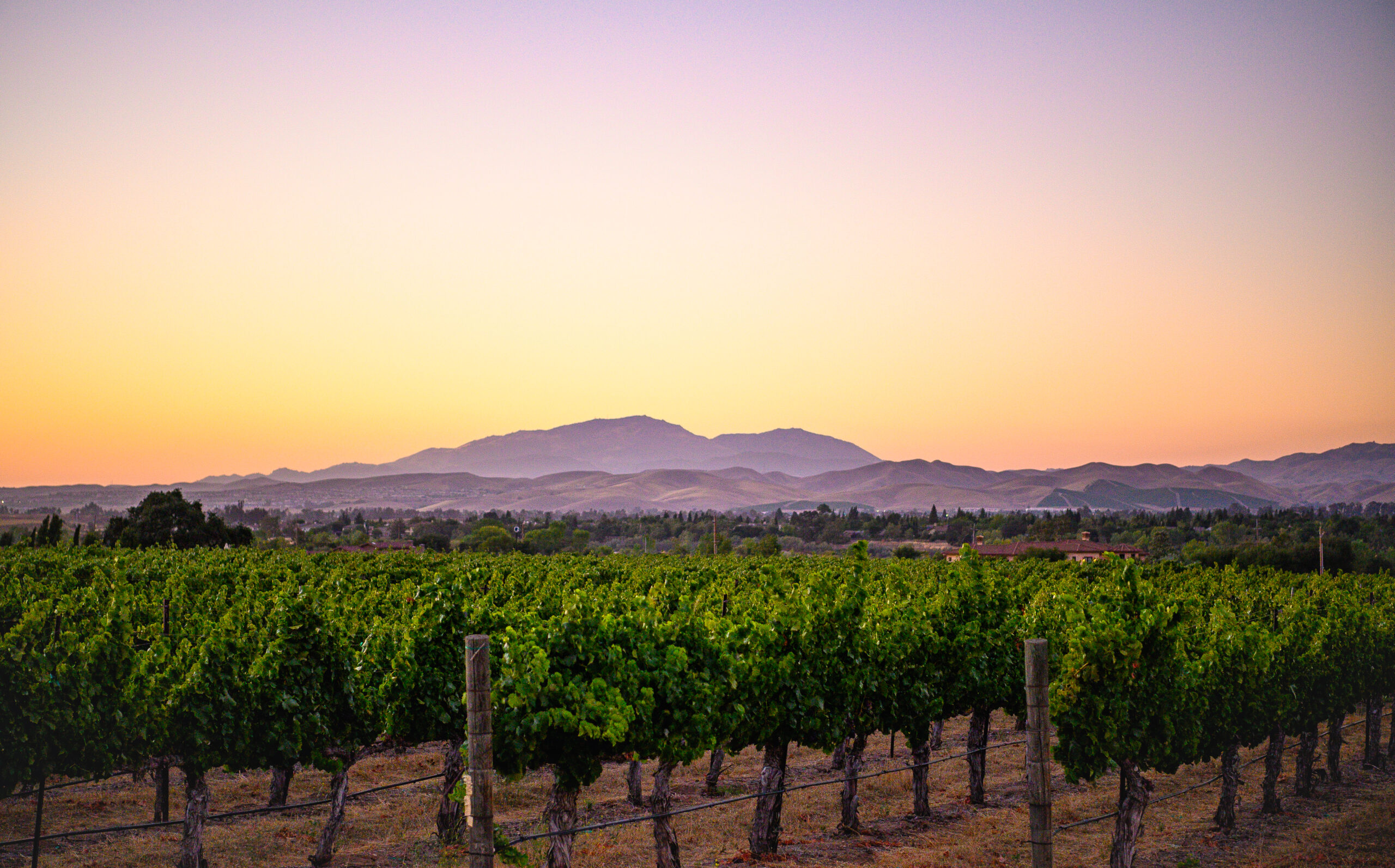
Spanish missionaries planted the first wine grapes there in the 1700s, but Robert Livermore planted the first commercial vineyards in the 1840s. He was soon followed by industry pioneers Charles Wetmore, James Concannon and C.H. Wente.
In 1889, Wetmore’s “dry white” won the Grand Prix at the International Paris Exposition, marking the first of many international accolades for California wines. Though Prohibition slowed production in the early 20th century, a handful of winemakers in Livermore survived by producing sacramental wines.
A few years after Prohibition ended, Wente Vineyards made history by bottling the first-ever California Chardonnay in 1936. Today, Wente and Concannon are two of the region’s original wineries that continue to thrive.
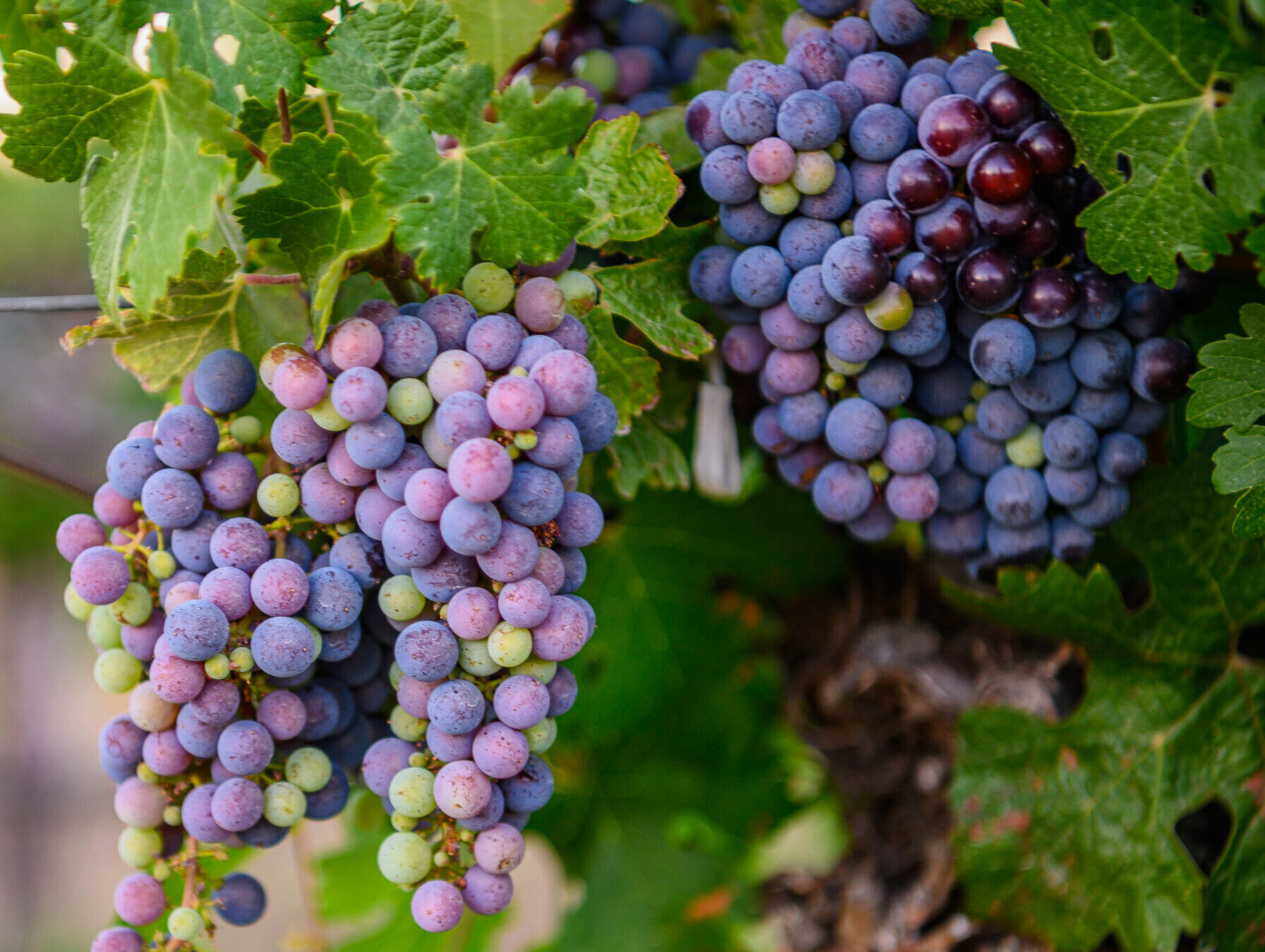
The Livermore wine region is not just one of the oldest in California but has also contributed massively to the development of wine in the Golden State. The Concannon Vineyard planted the first Cabernet Sauvignon vines in California and Wente introduced the first Chardonnay grapes.
Today, more than 80% of Cabernet and Chardonnay grapes can be traced back to their original clones. In other words, two of the Golden State’s most popular wine grapes have roots in Livermore! And that’s not all. Livermore Valley was also the first region to label Sauvignon Blanc and Petite Sirah as single-varietal wines.
Because of the region’s unique topography, Livermore wineries can craft high-quality wines. Unlike many other wine regions in California, Livermore Valley runs from east to west rather than north to south. (Yes, this is the same situation you’ll find in Santa Barbara County, too!)
This unique layout means coastal breezes and morning fog from the Pacific Ocean cool the vineyards while Central Valley heat helps ripen the grapes. In other words, Livermore has a perfect balance of warm days and cool nights. This climate allows grapes to develop rich flavors while maintaining refreshing acidity, making Livermore wines complex and well-structured.
The region is known for Chardonnay, Cabernet Sauvignon, Sauvignon Blanc and Petite Sirah. Wine lovers will also find Semillon, Merlot and a variety of warm-climate Italian, Rhône and Spanish grapes thriving in the valley.
The Livermore Valley AVA is located within Alameda County, making it part of the larger Central Coast AVA, which stretches from Santa Barbara to San Francisco Bay. In 1981, the area’s winegrowers formed an association, and in 1982, the Livermore Valley AVA became one of California’s first designated wine regions.
The valley is 15 miles long and 10 miles wide, surrounded by coastal mountains and foothills. Its distinct terroir comes from its gravel-based soil, which, along with the maritime influence, contributes to the bright acidity and complexity found in Livermore wines.
Over 90% of California wine is produced in a certified sustainable winery, making California sustainable wine a rule, not the exception. Sustainability is at the heart of Livermore Valley’s wine industry, where numerous practices are implemented, including a focus on soil health.
Healthy soil is the foundation of any sustainable vineyard, as nearly one-third of a grapevine exists underground in the form of roots. Vibrant microbial populations, worms and organic matter decomposition contribute to soil health, helping vines absorb nutrients more efficiently.
Many vineyards plant cover crops between vine rows to enhance soil fertility while limiting erosion by controlling rainwater runoff. This commitment to sustainability ensures that California vineyards, including those in Livermore, remain productive for generations to come.
Here are a few wineries in the Livermore Valley AVA that are committed to sustainability.
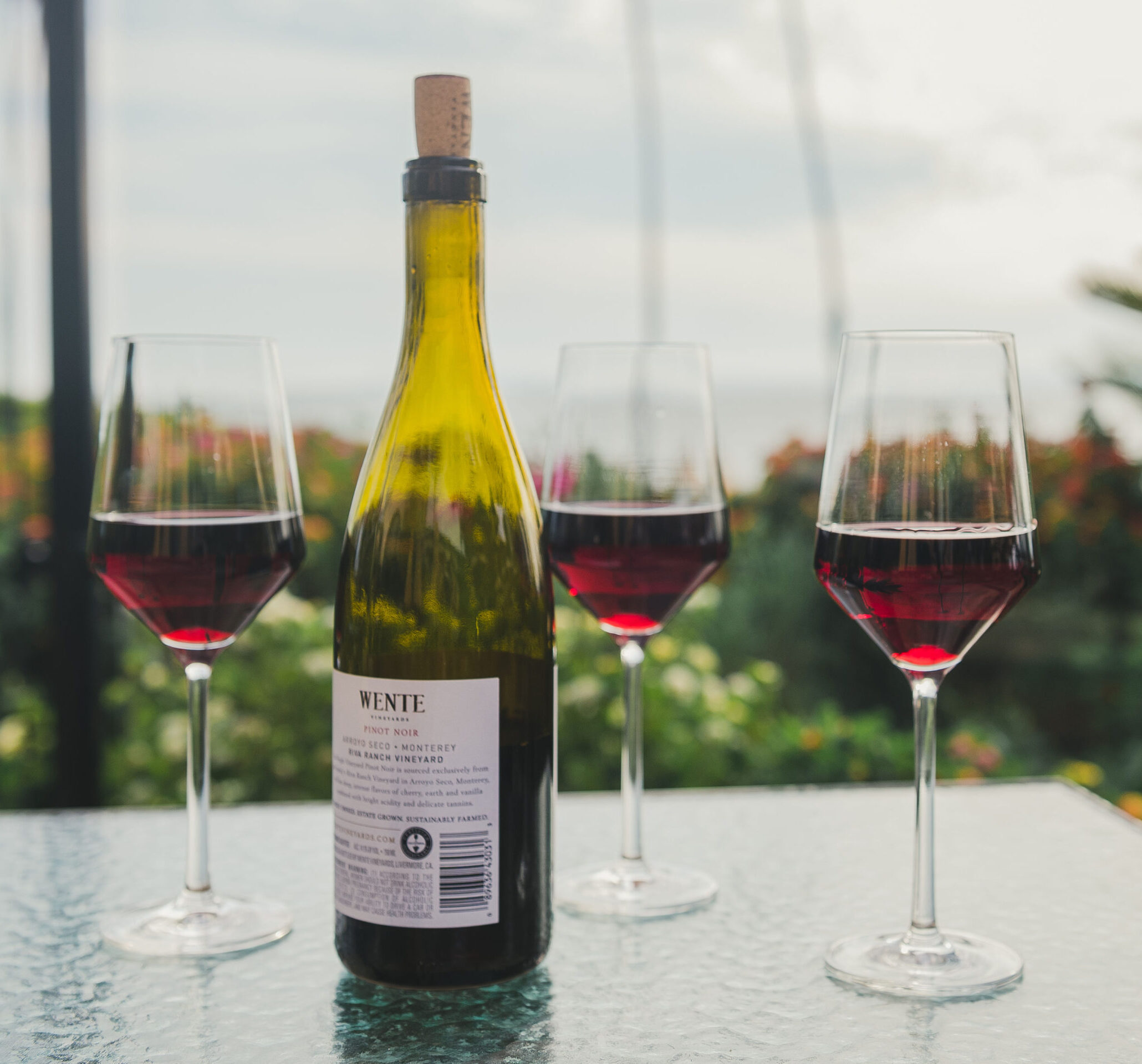
Wente Vineyards, founded in 1883 by Carl H. Wente, is one of Livermore Valley’s most historically significant wineries. Carl’s son, Ernest, brought Chardonnay cuttings from Montpellier, France, which led to the creation of the famous “Wente Clone.” This clone is now the foundation for nearly all Chardonnay vines planted in California.
Wente Vineyards has long been committed to sustainable farming — the winery practices no-till farming, which reduces tractor emissions and promotes biodiversity. By planting cover crops, Wente enhances soil structure and prevents erosion.
The winery is also a leader in sustainability within the broader wine industry, helping to develop and then implement the California Code of Sustainable Winegrowing Practices. To further evidence this, Wente was the recipient of the 2022 California Green Medal Sustainable Winegrowing Leader Award. Beyond winemaking, Wente has a long-standing commitment to the arts, founding the Wente Foundation for Arts Education to support arts programs in the Bay Area.
Established in 1883 by James Concannon, this historic winery was pivotal in shaping California’s wine industry. Today, 80% of California’s 80,000+ acres of Cabernet Sauvignon come from Concannon clones, solidifying the winery’s impact on the state’s wine industry.
Concannon Vineyard has long been a leader in sustainability. In 2009, it was among the first wineries in California to achieve certification from the California Sustainable Winegrowing Alliance. The winery actively uses cover crops to prevent soil erosion, encourages profound root growth and improves air quality by reducing dust from vineyard activities.
And the winery’s commitment to sustainability also extends to the support of its community. Concannon’s Cab for a Cause raised funds for local charities, including the ValleyCare Charitable Foundation’s Women in Need fund.
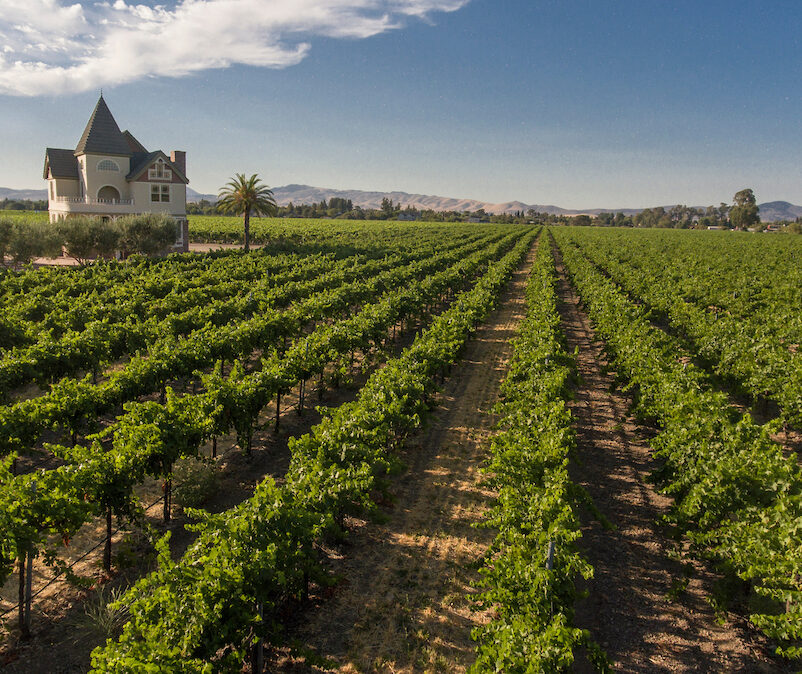
With more than 5,000 acres of vineyards and around 50 wineries, Livermore Valley is an excellent destination for wine lovers. Most wineries are conveniently located near one another, making visiting multiple tasting rooms in a single trip easy. Here are some wineries to explore in real life:
Darcie Kent Estate Winery
Darcie Kent Vineyards is a family-owned winery producing small-lot, single-vineyard wines since 1996. Fifth-generation vintner Darcie Kent continues her family’s legacy, crafting wines from sustainably farmed vineyards in Monterey and Livermore Valley. Her deep passion for art and winemaking is evident in every bottle, making this a must-visit regional stop.
Longevity Wines
Founded in 2008 by Debra and Phil Long, Longevity Wines is a certified Black-owned, family-run winery in Livermore Valley. The Vintner Select wines are produced in small batches, but thanks to a partnership with Bronco Wine Company, Longevity’s wines are now available nationwide. Winemaker Phil Long also serves as president of the Association of African American Vintners and continues to push for greater diversity and representation in the wine industry.
McGrail Vineyards
With sweeping views and a huge lawn, McGrail is a great place to have a picnic. Or to enjoy a cheese and wine pairings. Don’t miss the Peyton Paige Sauvignon Blanc.
Retzlaff Vineyards
Offering estate-grown certified organic wines, Retzlaff is perhaps best known for its award-winning Cabernet Sauvignon and red blends.
Wente Vineyards
Established in 1883, Wente is America’s oldest, continuously operated, family-owned winery, offering historic vineyard tours and tastings.
Want to dive deeper into wine tasting in Livermore Valley? See more info on Livermore Valley wineries for your next visit.
Livermore wineries offer a unique blend of rich history, sustainable winemaking, and world-class wines. Whether you’re looking for a relaxed tasting experience in the valley or searching for a new favorite bottle at your local store, Livermore wines are worth exploring.
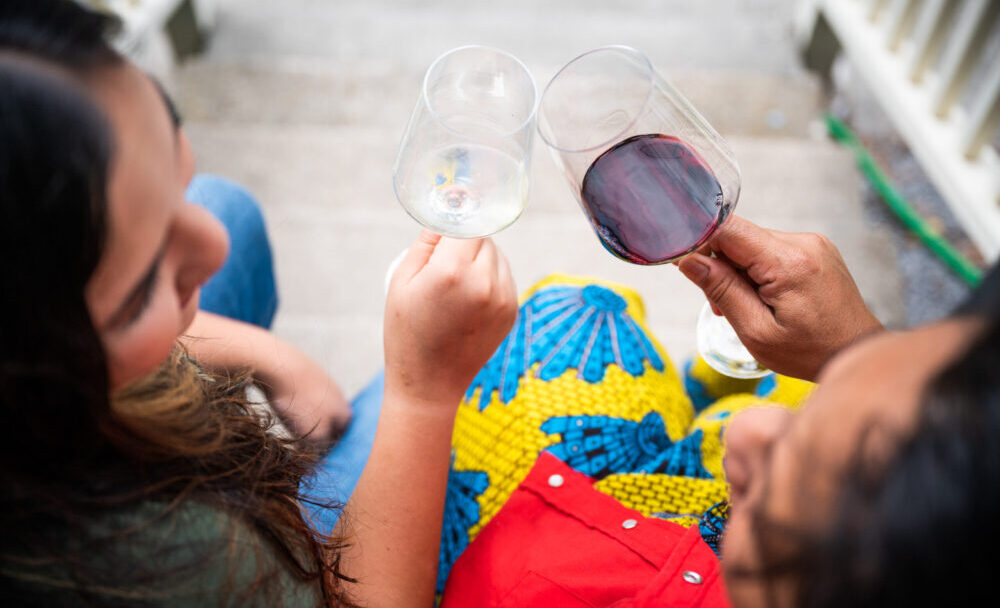
Looking to get a taste of Livermore wine at home? Try your hand at making these Honey-Roasted Garlic Stuffed Olives and pair them with a California Sangiovese or Cabernet Franc.
Honey Roasted Garlic Stuffed Olives are a sophisticated and flavorful appetizer that will elevate any gathering. These olives have just a tinge of savory sweetness thanks to the honey-roasted garlic cloves nestled inside, making them complex and totally irresistible. They're incredibly easy to prepare and can be made ahead of time. They’re the perfect stress-free hors d'oeuvre for your next party! Pair them with a glass of California Sangiovese or California Cabernet Franc for a delightful combination.

What County Is Livermore, California In?
Livermore is located in Alameda County, California. It is part of the San Francisco Bay Area and is recognized as one of the oldest wine regions in California, playing a pivotal role in shaping the state’s wine industry.
What makes the Livermore Valley AVA unique?
Livermore Valley AVA is renowned for its unique geography and historical significance in the Californian wine landscape:
What lesser-known wine styles should visitors try while on a wine tasting in Livermore?
While Livermore Valley AVA is best known for producing Chardonnay, Cabernet Sauvignon, and Petite Sirah wines, it also offers a variety of lesser-known wine styles. Here are some to seek out:
